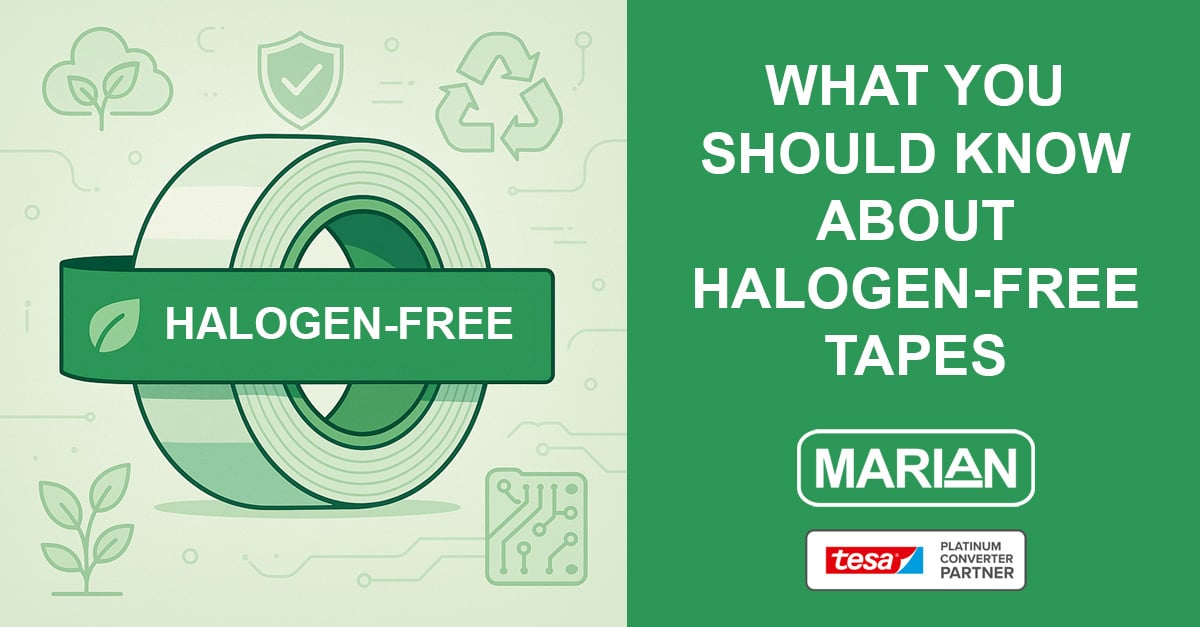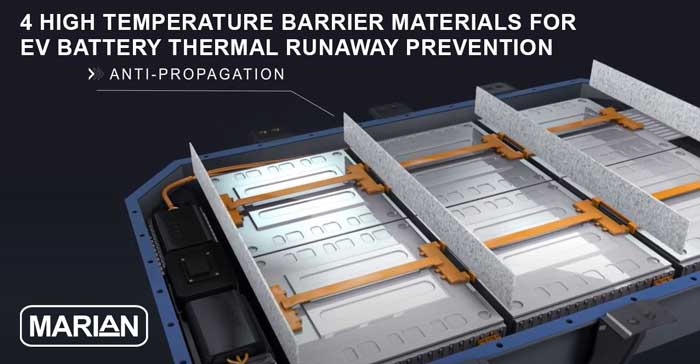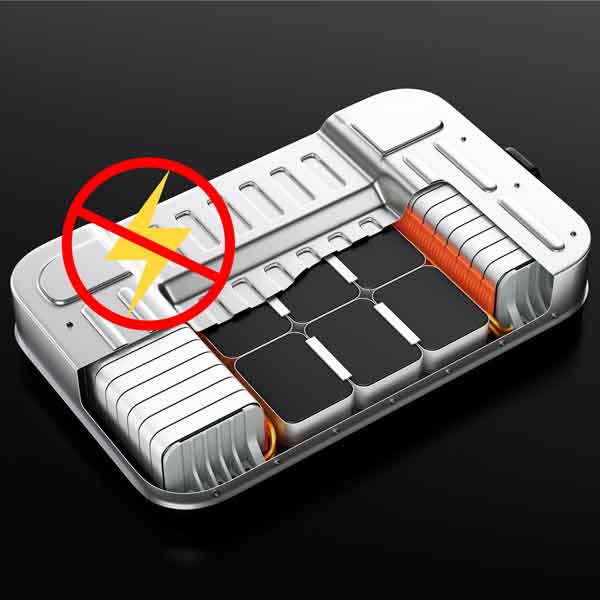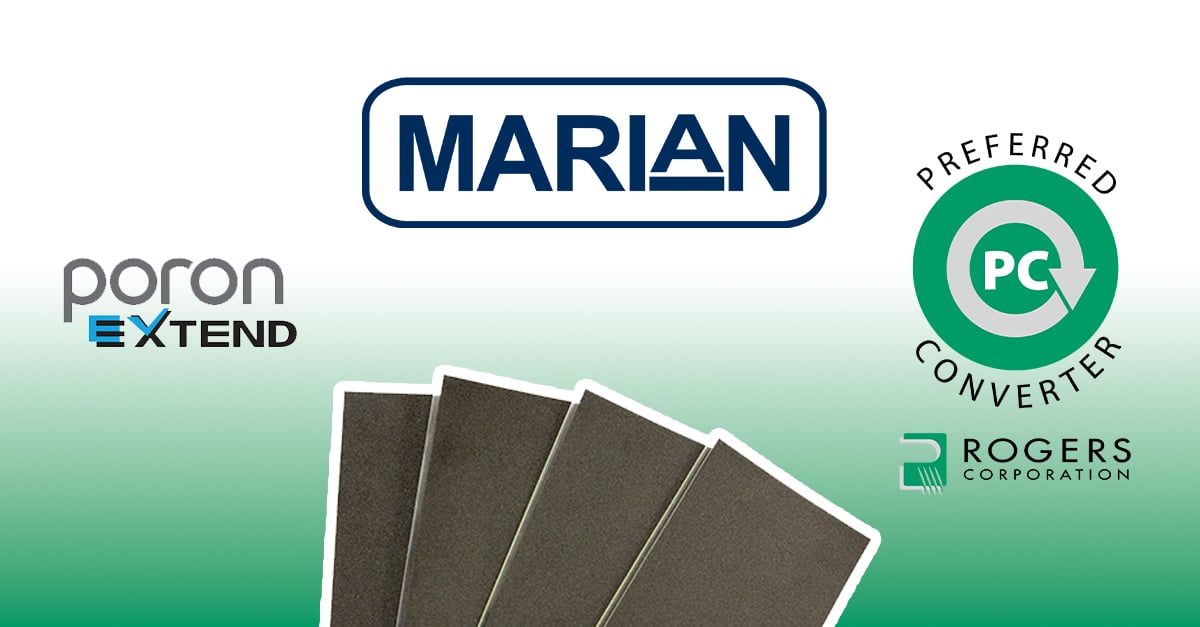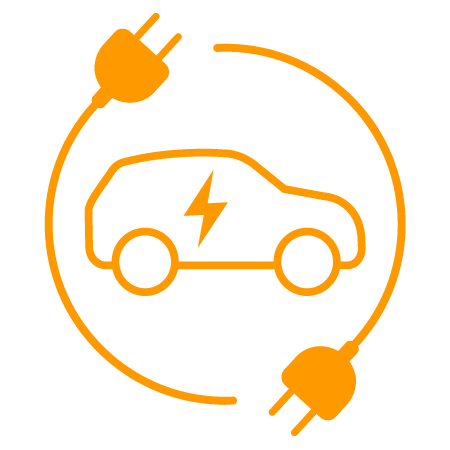Adhesive selection can be challenging, and it’s even more difficult in applications that generate heat like electronics, batteries, and more where the risk of fire is present. You can find many flame-retardant pressure sensitive adhesives on the market, but flame-retardant doesn’t necessarily mean halogen-free. So, if there are available options, why should you consider choosing a halogen-free tape?
Keep reading to see what classifies an adhesive as halogen-free, why you might consider a halogen-free tape in your next heat-generating application and learn more about some of the many halogen-free tapes available from tesa®.

